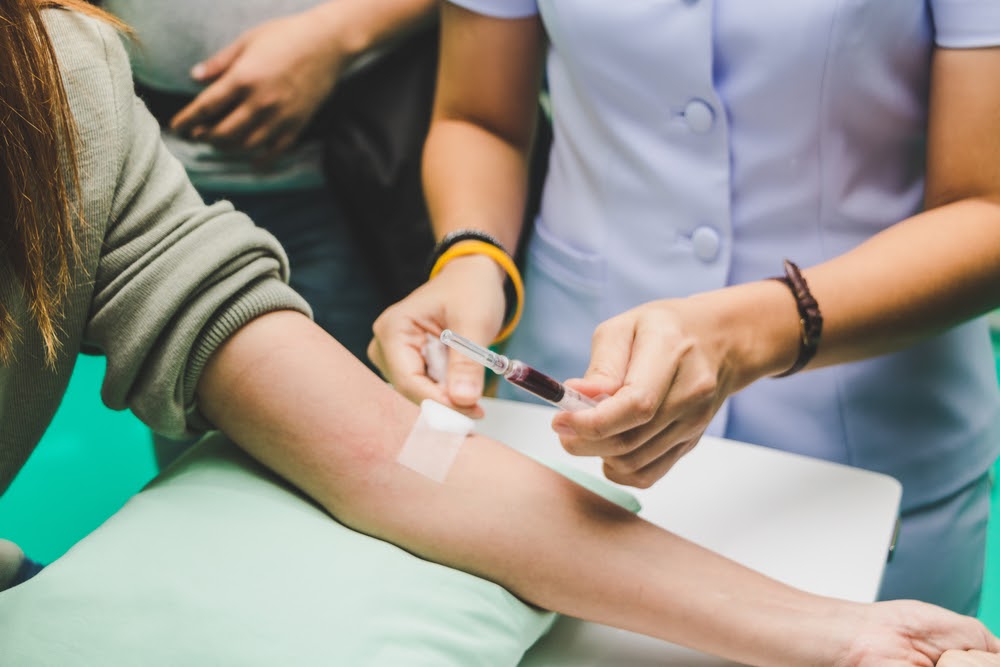Demand in the healthcare industry is one the rise. And like every sector in this field, phlebotomists are also required in all healthcare centres, clinics or hospitals. Becoming a phlebotomist has some key requirements. We will explore these requirements in this blog.
Phlebotomist job description
Phlebotomists take blood samples from sufferers used for tests, transfusion, research, and other scientific procedures. Moreover, phlebotomists operate clerical responsibilities, preserve equipment in the lab, and enter records in computers. Phlebotomists are trained to assist sufferers in relaxing for the duration of a blood drawing process. They also provide help to a patient who becomes fearful or has a negative reaction.
How to become a phlebotomist?
Unlike a career as a doctor or a nurse, phlebotomists do not need to go through years of schooling. However, there are still some similarities.
Education
The least level of education you need to start your phlebotomy training is a high school or A-level diploma. However, suppose you possess a Level 2 Diploma in Healthcare Support Services, a Level 2 Certificate in Health and Social Care, or a Level 3 Diploma in Healthcare Support. In that case, you will be more competitive when applying for a training program.
Training program
After completing high school, you need to sign up for a phlebotomy training program. The study duration can vary depending on the training program and the institute in which you are enrolled. Generally, the training period is less than a year, spanning between 4 to 8 months.
Theoretical training consists of studying anatomy and physiology, while practical training’s primary focus is on venipuncture.
Certification
After the training period has been completed, a candidate needs to pursue their certification in order to be eligible for working as a phlebotomist. Most of the employers prefer a certified phlebotomist.
The certification process consists of passing an exam and demonstrating successful venipuncture.
You will need to renew your certificate once every 2-3 years to maintain your status as a certified phlebotomist.
Starting your career as a certified phlebotomist
Once you have got your certification, it is time for you to start serving as a phlebotomist. There are numerous places where you can work as a phlebotomist.
Hospitals, healthcare centres, doctor’s offices are all in need of phlebotomists.
You will also need to have some other qualifications to be a phlebotomist.
Responsibilities of a Phlebotomist
Primary responsibilities consist of:
- Preparing the place the blood will be drawn and making sure it is safe
- Clean the place after blood is drawn.
- Labelling the vials with the patients’ names and the dates after collection blood.
- Transferring blood samples to the laboratory for testing.
- Checking patients for fitness issues like cholesterol and bacteria. Checking blood pressure and heart rate and monitoring vital signs.
- Remaining sympathetic, courteous, and friendly and preserving sufferers calm for the duration of blood collections.
- Preparing and cleaning the laboratory area, keeping an inventory, getting ready blood samples for a range of tests and procedures, and perchance centrifuging blood samples.
Primary capabilities
In order to efficiently carry out their duties, a phlebotomist must have:-
- a consistent hand and excellent dexterity
- a responsible mindset to health, protection and hygiene
- good verbal exchange skills
- good interpersonal abilities to cope with fearful patients
- a cautious approach to detail
- teamworking skills
Salary
Working as a phlebotomist has a fantastic salary benefit. An entry-level phlebotomist can earn up to £18K per year.
Career progression
You might get bored by working as a phlebotomist for too long. Luckily, you can be promoted. You can rank up to become a phlebotomy teacher, laboratory supervisor or phlebotomy team leader.



 Bitcoin
Bitcoin  Ethereum
Ethereum  Tether
Tether  XRP
XRP  USDC
USDC  Solana
Solana  Cardano
Cardano  TRON
TRON  Lido Staked Ether
Lido Staked Ether  Avalanche
Avalanche  Toncoin
Toncoin